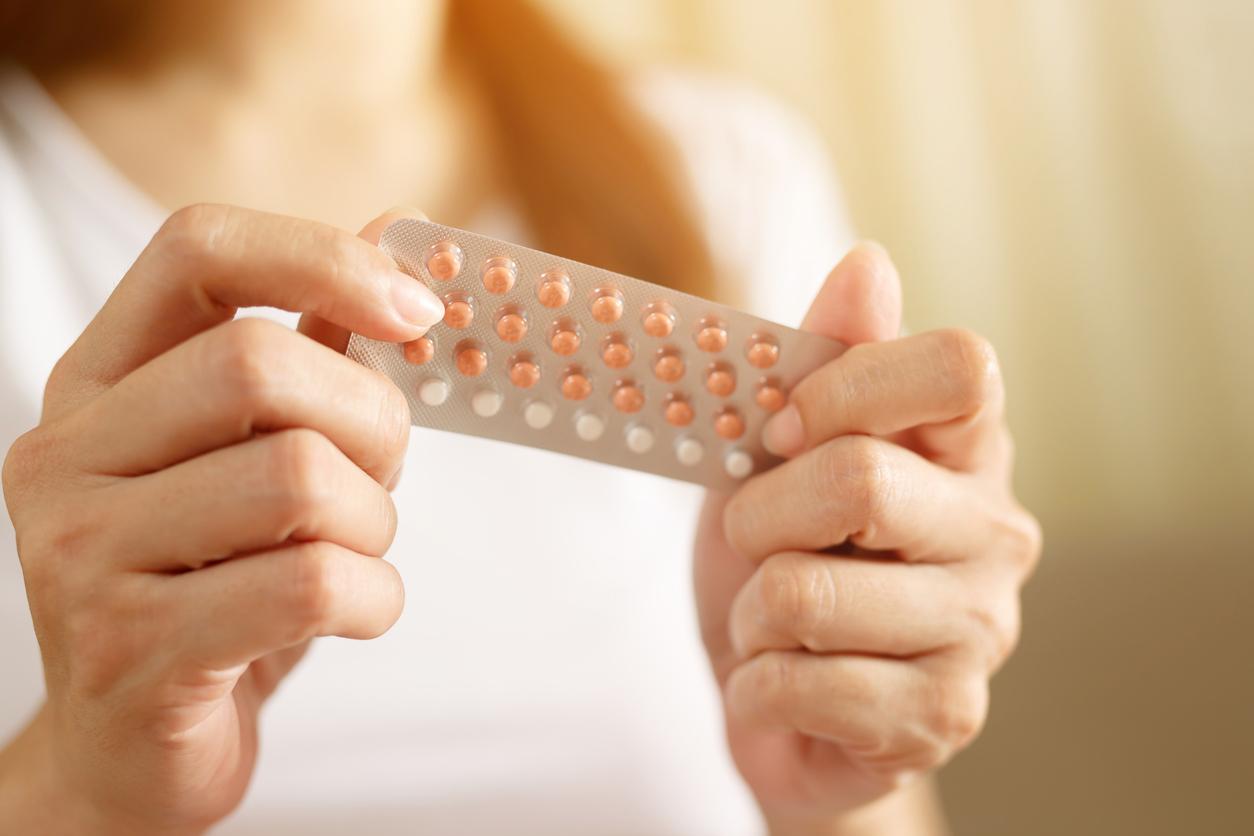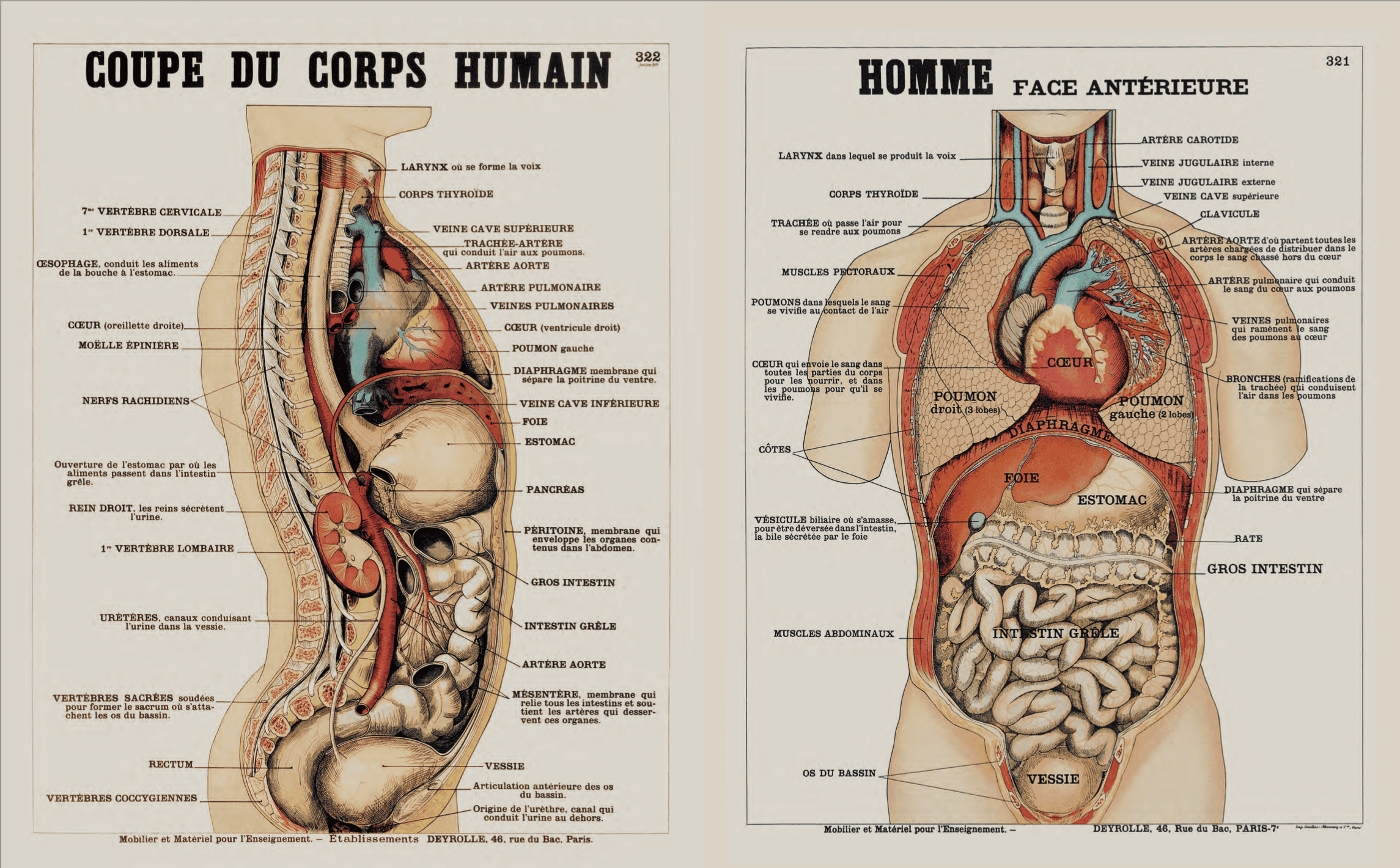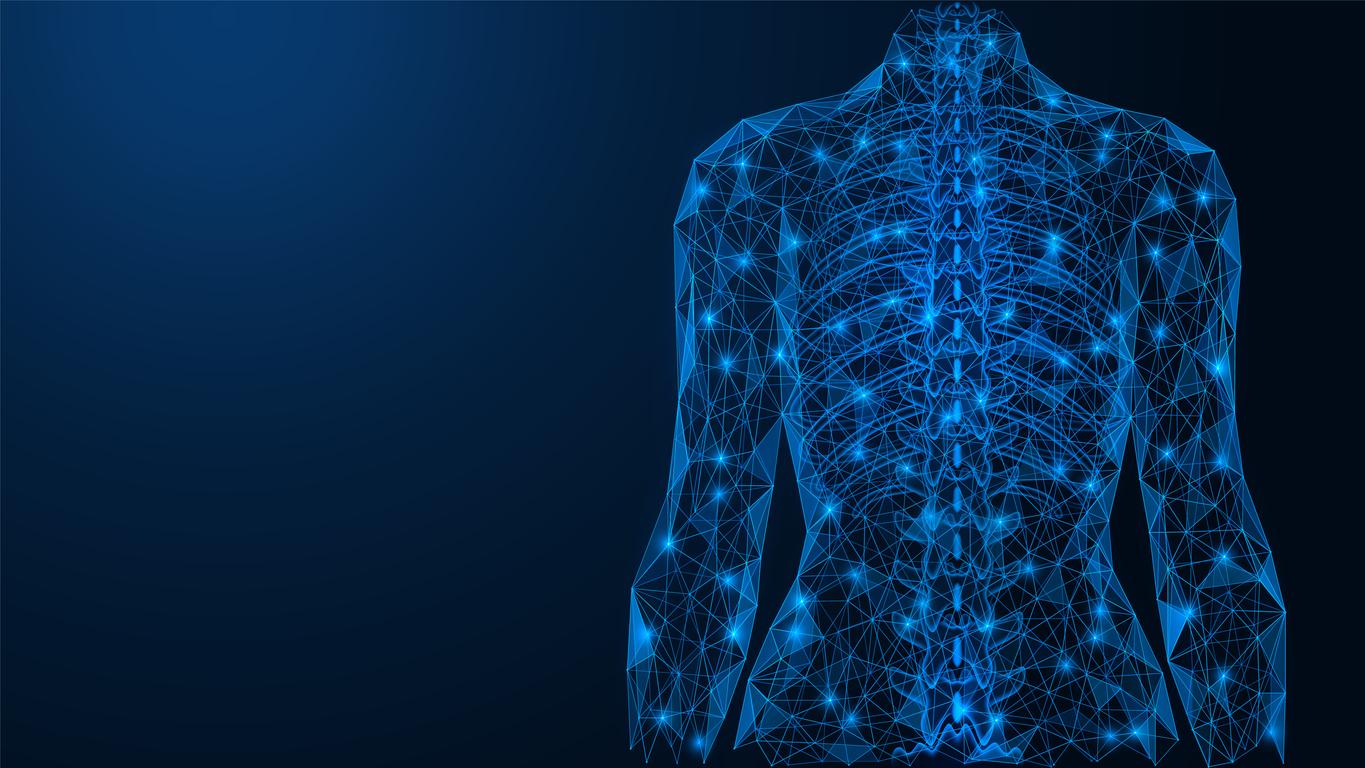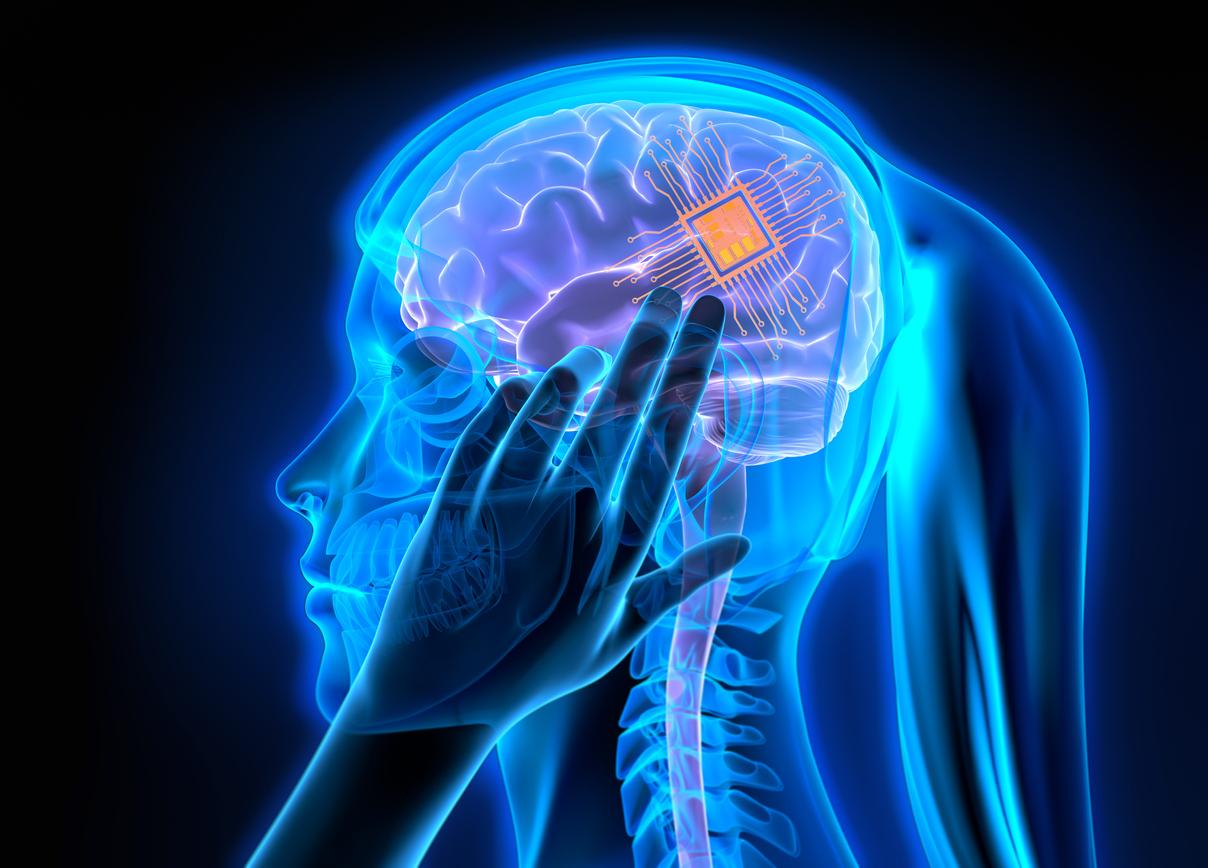Researchers have looked at the longitudinal arch of the foot and discovered that it is the morphology of the arch of the foot that provides its rigidity.
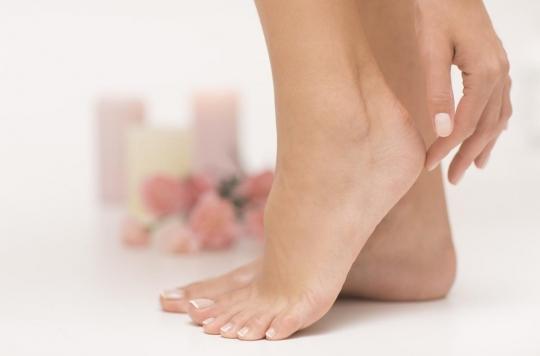
- The foot is made up of 26 bones, 16 joints, 107 ligaments and 20 muscles,
- Researchers have established that the tendons provide 40% of the rigidity of the foot
- Their work could lead to better treatment of foot diseases
Have you ever been amazed by the incredible resistance of the feet which alone carry the entire structure of your body? Composed of 26 bones, 16 joints107 ligaments and 20 muscle, the foot is a complex and exciting part of the body. Together, the feet contain a quarter of the entire human skeleton. American and Japanese researchers are interested in the longitudinal arch of the foot. Their work has been published in the journal Nature.
The morphology of the foot ensures our bipedalism
“We believe that the arched morphology of the human foot makes it stiff, whereas other primates have flat feet that bend sharply in the middle. However, the relationship between arch geometry and stiffness remains debated in foot biomechanics, podiatry, and paleontology., write the researchers in the preamble. In order to learn more about the role and resistance of tendons, they dissected the feet of deceased people who donated their bodies to medical research.
According to them, the longitudinal arch is responsible for more than 40% of the stiffness of the foot. “The ligaments that cover the arch of the foot act like a bowstring to resist thecollapse of the arch when a force is applied, and the mechanical properties of these ligaments look like springscontributing substantially to store and return theenergy at the push”, explain the researchers. Simply put, the tendon makes the foot stiff. By cutting it, the human foot would be 50% less rigid.
It is therefore to this type of morphology that we owe our bipedalism, that is to say the way we move while walking or running. With this study, the researchers hope to open new therapeutic avenues to treat foot diseases and deepen their knowledge to improve the design of prostheses.
foot diseases
There are many orthopedic diseases that can affect the bones, joints, muscles, tendons or ligaments of the foot. Some are treated by wearing more suitable shoes, insoles or other devices to change the position or range of motion of the foot to relieve pressure on joints or painful areas. These devices are called “orthotics”.
Infiltrations of anesthetics and injections of corticosteroids can in certain cases be carried out to reduce the pain, just as a surgical intervention can improve the alignment and the function of the joint. Other foot problems are the consequence of diseases such as diabetes, gout or other types of arthritis.
Do not hesitate to consult a doctor, because poor foot health can cause ankle, knee, hip or back problems.
>> Find our program “Questions to the experts” on The diabetic foot, prevention and care








